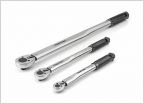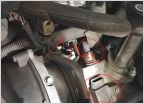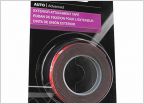-
Welcome to Tundras.com!
You are currently viewing as a guest! To get full-access, you need to register for a FREE account.
As a registered member, you’ll be able to:- Participate in all Tundra discussion topics
- Transfer over your build thread from a different forum to this one
- Communicate privately with other Tundra owners from around the world
- Post your own photos in our Members Gallery
- Access all special features of the site
2003 Tundra - check engine light on - smell something "burning"
Discussion in '1st Gen Tundras (2000-2006)' started by Toyota+2, Aug 21, 2024.


 Considering DIY for leaks
Considering DIY for leaks PCV Valve Replacement Instructions-4.7L
PCV Valve Replacement Instructions-4.7L What's a good adhesive or glue to stick the rubber strips to fender flares and bumper ends?
What's a good adhesive or glue to stick the rubber strips to fender flares and bumper ends? Rear Differential Breather Mod (pics)
Rear Differential Breather Mod (pics) Gen 1 AC Fender Flare Question
Gen 1 AC Fender Flare Question














































































